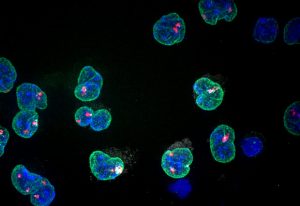
The scientific origins of Edith Heard
EMBL’s next Director General reflects on the questions that drive her research
PEOPLE & PERSPECTIVES2018
people-perspectivesscience
Showing results out of

EMBL’s next Director General reflects on the questions that drive her research
PEOPLE & PERSPECTIVES2018
people-perspectivesscience
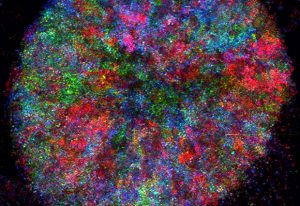
Markus Ralser, upcoming EMBO workshop speaker, on how metabolism brought chemistry to life
PEOPLE & PERSPECTIVES2018
eventspeople-perspectives
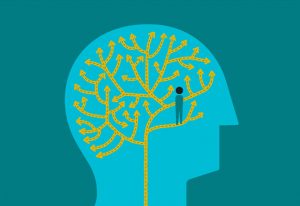
Join us in our new editorial theme as we ask how everything began
SCIENCE & TECHNOLOGY2018
sciencescience-technology
New technique offers insight into early cell life
SCIENCE & TECHNOLOGY2018
sciencescience-technology
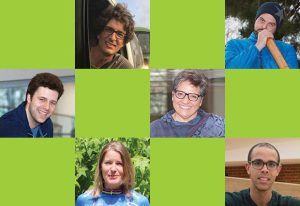
Discover the past lives and journeys that brought people to EMBL
LAB MATTERSPEOPLE & PERSPECTIVES2018
lab-matterspeople-perspectives
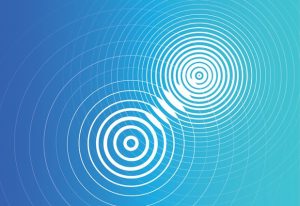
EMBL scientists show that the rhythm between Wnt and Notch waves enables patterning in embryos.
SCIENCE & TECHNOLOGY2018
sciencescience-technology
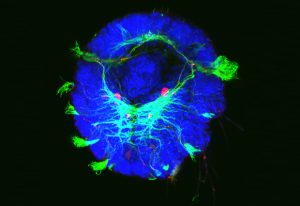
EMBL scientists discover how a molecule’s role changes from simple metabolite to instructive signal
SCIENCE & TECHNOLOGY2018
sciencescience-technology
Network of genes linked to development of diabetes
SCIENCE & TECHNOLOGY2018
sciencescience-technology
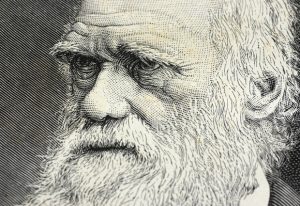
How Darwin’s work revealed the intimate relationship between orchids and insects
SCIENCE & TECHNOLOGY2018
sciencescience-technology
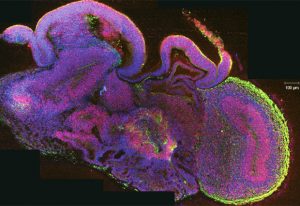
What opportunities can organoids bring to further the understanding of the human brain?
SCIENCE & TECHNOLOGY2018
eventsscience-technology
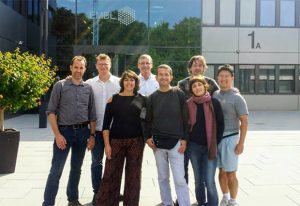
Among refurbished labs, alumni relive memories and find traces of their time at EMBL
PEOPLE & PERSPECTIVES2018
alumnipeople-perspectives
No results found